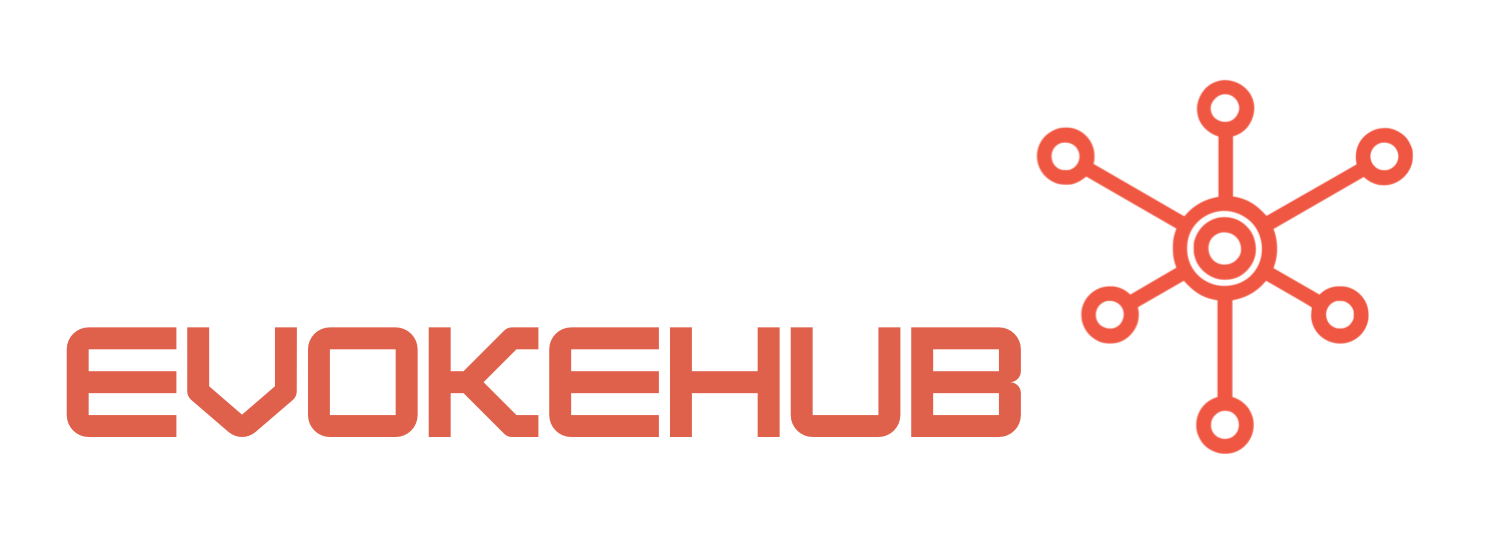Harnessing ASP.NET gRPC-Web for Efficient Data Communication
ASP.NET gRPC-Web is a modern framework that allows developers to utilize gRPC (Google Remote Procedure Call) within web applications. This technology enables bidirectional streaming of data between the client and server, drastically improving communication efficiency, particularly in scenarios requiring real-time updates. Unlike traditional RESTful APIs, gRPC employs a binary protocol, which minimizes the payload size and enhances data transmission speed. As a result, developers can create applications that handle high-throughput data interactions more effectively.
One of the standout features of gRPC-Web is its ability to work seamlessly with existing RESTful services. This means that developers can integrate gRPC-Web into their current architecture without the need for a complete overhaul. By employing Protocol Buffers for data serialization, gRPC-Web allows for a more structured and type-safe way of managing API contracts. This leads to fewer runtime errors and enhances maintainability, making it an ideal choice for large-scale applications where data integrity is crucial.
Moreover, gRPC-Web supports multiple programming languages, making it highly versatile. This allows teams with diverse skill sets to collaborate more effectively, as they can use their preferred languages while still benefiting from the robust features of gRPC-Web. With the increasing demand for real-time applications—ranging from chat apps to live dashboards—leveraging ASP.NET gRPC-Web is becoming an essential practice for developers looking to stay ahead in the competitive web development landscape. For more details, visit the official gRPC documentation.
Integrating WebAssembly in .NET Applications for Enhanced Performance
WebAssembly (WASM) is a powerful technology that allows developers to run compiled code in the browser, enabling near-native performance for web applications. When integrated with .NET applications, WASM serves as a game-changer, especially for compute-intensive tasks. By compiling C# and other .NET languages to WebAssembly, developers can execute rich functionalities directly in the browser without sacrificing performance. This is particularly beneficial for applications that require heavy lifting, such as image processing or complex mathematical calculations.
One of the key advantages of using WebAssembly is its ability to create more responsive user interfaces. Traditional web applications often suffer from latency issues due to round-trip requests to the server. With WebAssembly, much of the logic can run on the client side, significantly reducing the need for server interaction. This not only enhances the user experience but also alleviates server load, enabling scalable solutions that can handle a larger number of simultaneous users.
Additionally, WebAssembly opens doors for cross-platform compatibility. Applications built with WebAssembly can run on any platform that supports modern web browsers, making it easier for developers to reach a broader audience. This cross-platform capability, combined with the performance benefits, positions WebAssembly as a vital technology for the future of web development. For those interested in exploring this technology, the official WebAssembly documentation offers in-depth guidance and resources.
In conclusion, the combination of ASP.NET gRPC-Web and WebAssembly presents an exciting opportunity for developers looking to enhance their .NET applications. By utilizing gRPC-Web, teams can streamline data communication and improve application responsiveness, while WebAssembly allows for high-performance computations directly in the browser. Together, these technologies not only optimize application performance but also pave the way for innovative solutions in web development. As the demand for responsive, data-driven applications continues to grow, embracing these modern frameworks will be essential for staying competitive in the industry.




